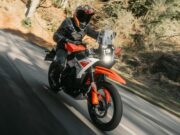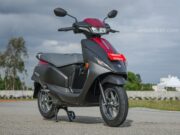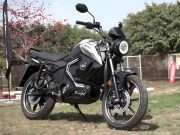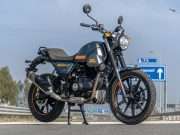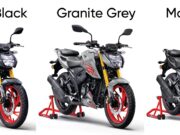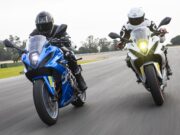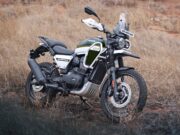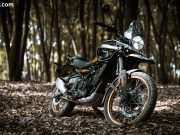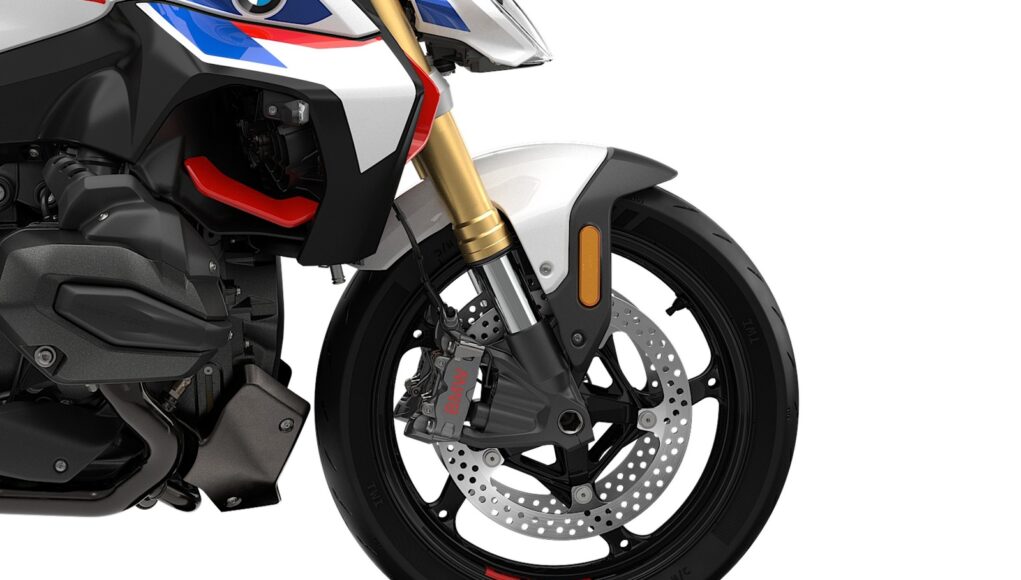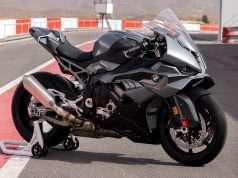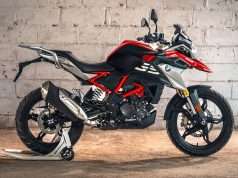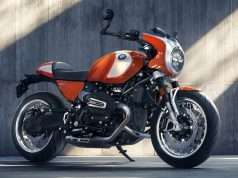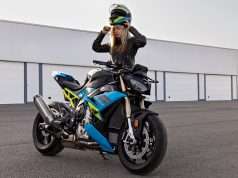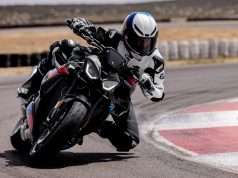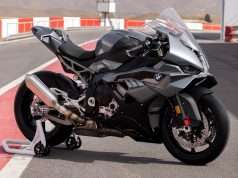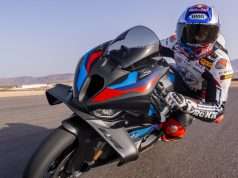BMW is shaking things up in the suspension world with a groundbreaking innovation – the first-ever production upside-down fork featuring electronically adjustable spring rates. This new tech, dubbed Dynamic Suspension Adjustment (DSA), makes its debut on the 2025 R1300R roadster, and it’s a pretty big deal.
So, what’s new?
Until now, electronic suspension systems mainly adjusted damping – basically how fast the fork compresses and rebounds. But BMW’s DSA takes things further by simulating a stiffer or softer spring feel, depending on the riding mode selected.
Here’s how it works:
At the base of the fork leg is an external reservoir. Normally, oil displaced by the damping cartridge flows into this reservoir when the fork compresses. But with DSA, an electronically controlled valve can block that path.
When that happens, the oil is redirected to act on a piston positioned underneath the spring. This hydraulic pressure pushes the piston upwards, adding compression from below. The result? The spring gets squeezed from both ends, increasing overall resistance.
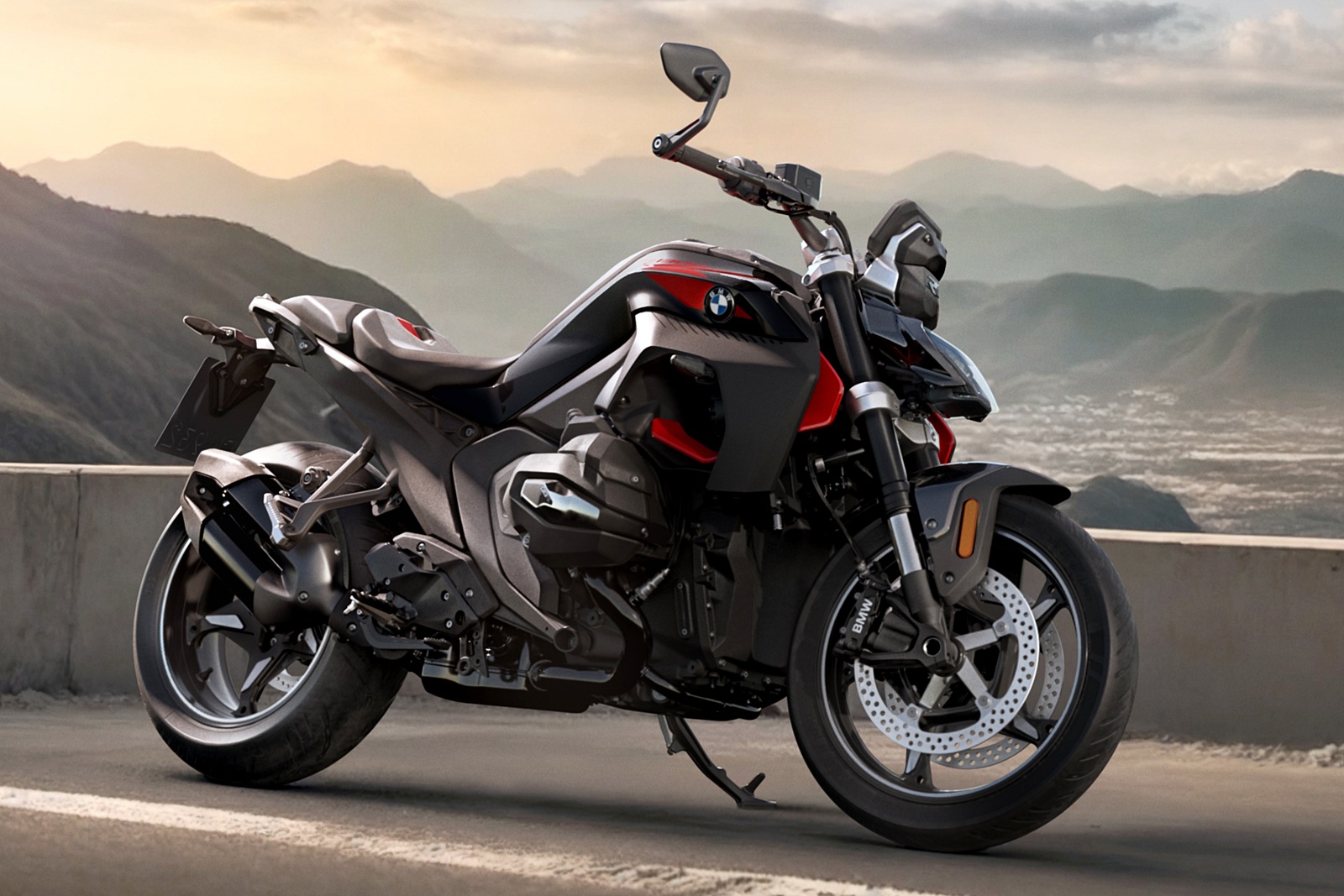
Why it matters
The spring itself doesn’t change – it’s still a fixed-rate unit. But by compressing it from the bottom as well, the fork becomes effectively stiffer. As Matthias Hillebrand, BMW’s Product Manager for the R1300R, explains: while the front wheel might only move 1mm, the internal spring compression might be 1.1mm – meaning it takes more force to achieve the same result.
This means riders get a stiffer feel when needed (like during hard braking or aggressive cornering), and a plusher ride for cruising – all at the press of a button. No tools. No spring swaps. No fuss.
Better than preload?
Yes, and here’s why.
Preload simply compresses the spring before the suspension starts moving. It raises the ride height and reduces sag, but it doesn’t change the spring’s stiffness. The spring still resists compression at the same rate.
Spring rate, on the other hand, defines how much force is needed to compress the spring over distance – and that’s what DSA adjusts dynamically. It alters how the fork reacts through the entire travel, not just at the start.
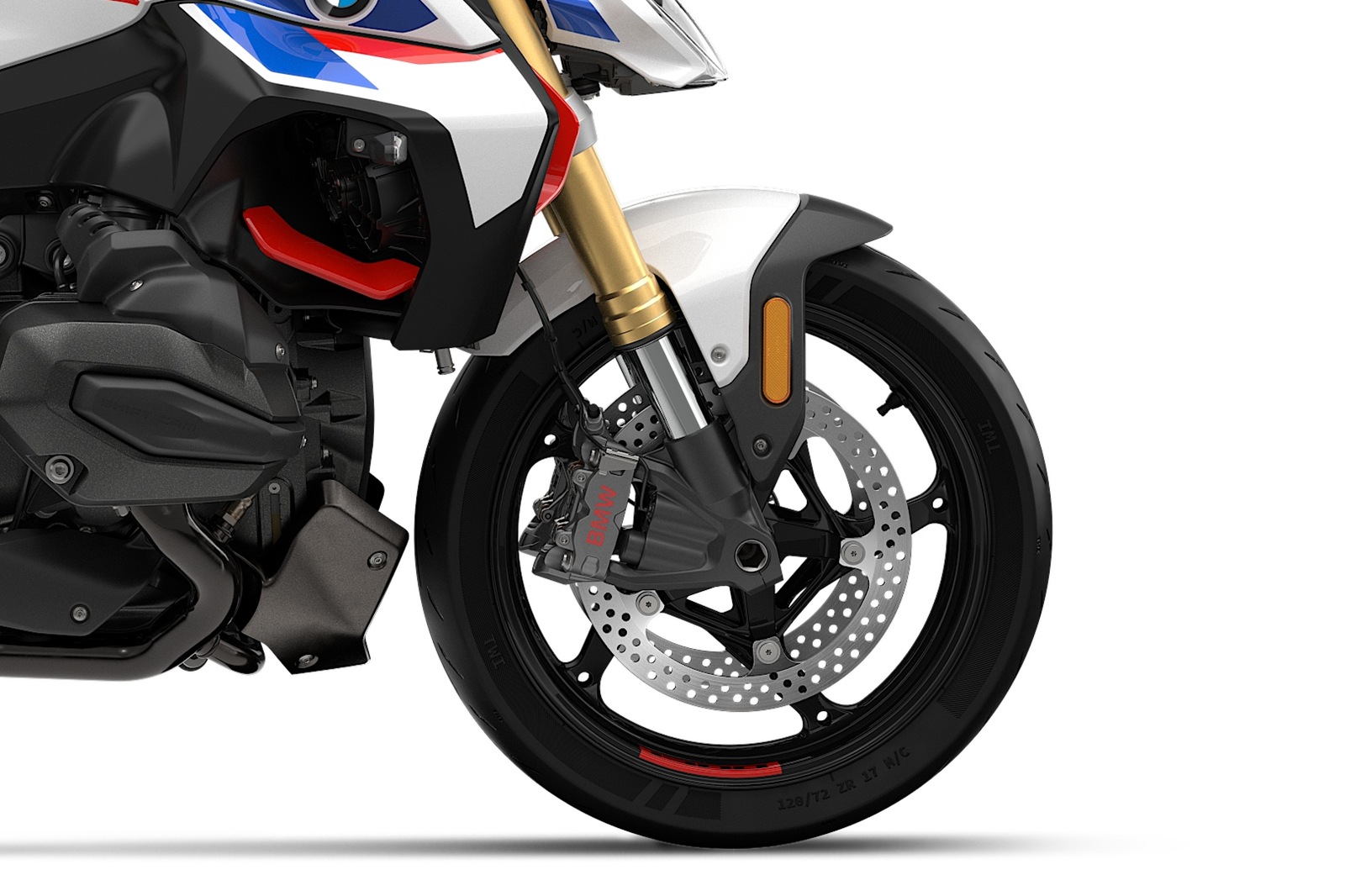
Lightweight and future-ready
Despite the tech involved, the DSA system adds minimal weight – just a few hundred grams from the cable, valve, and internal components. And it’s paired with a new-for-2025 chassis made of sheet steel with an aluminium subframe, giving the R1300R a solid foundation for both performance and comfort.
Right now, DSA is exclusive to the R1300R, but BMW hints at a wider rollout. Bikes like the S1000R or S1000XR could be next in line, while the S1000RR may stick to manual adjustments for its track-focused crowd – at least for now.
Bottom line?
BMW’s Dynamic Suspension Adjustment is a clever blend of mechanical and electronic wizardry that could change how riders interact with their bikes. Whether you’re riding solo or with a pillion, hammering twisties or cruising the highway, this tech adapts on the fly – giving you the best of both worlds, without compromise.

